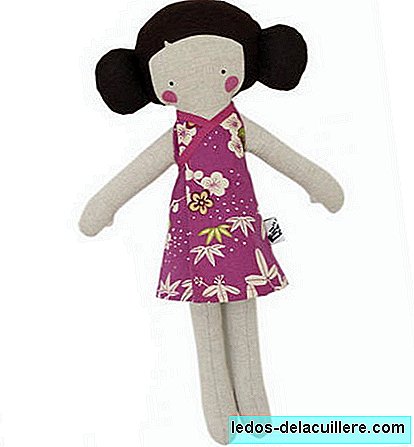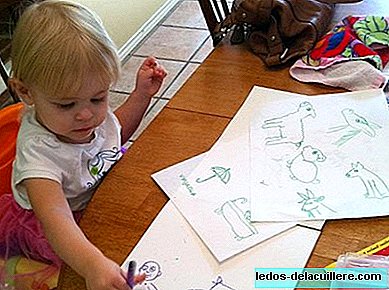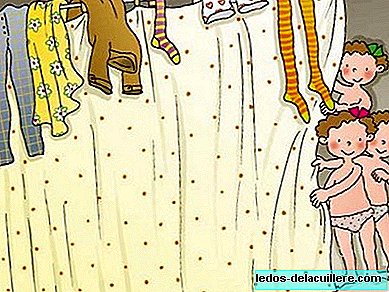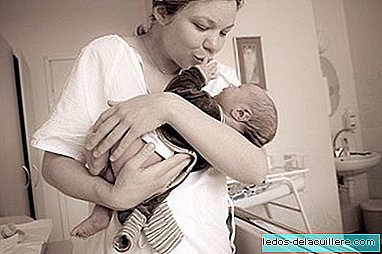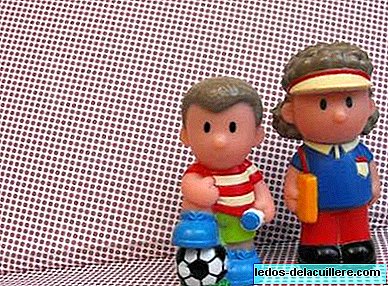
Why does society insist on showing us toys for boys and toys for girls? Don't we want gender equality? There are many fronts to act on, but the influence of advertising can also benefit society and promote shift towards gender equality.
That is why I claim ads that do not distinguish between toys for boys and girls, that there are no princess girls and child engineers, that not only take care of their baby dolls girls. And, although we told you a few years ago, it seems that time stops on this issue: toy ads transmit to sexist models children.
We have read an article in the magazine Comunicar entitled "Gender representation in toy advertising campaigns at Christmas (2009-2012) "in which the representation of genders in Spanish children's advertising is analyzed.
The study is done through seven variables: types of products, gender represented, message-values, voice over, period, actions represented and interaction between characters. These variables are collected from works that study the uses and preferences of selection of toys according to the gender of the child and studies that analyze the ways and forms of advertising to represent children and toys.
The universe of the sample consists of 595 advertisements of toys broadcast on television channels: TVE1, TVE2, Telecinco, Antena 3, Cuatro, La Sexta, Boing and Disney Channel for three periods of time: Christmas 2009, 2010 and 2011.
There could not be a better period to do the research, since as we are suffering in our own meats, the invasion of advertisements (and the children involved with them) is important at this time. But, What kind of toys are usually advertised for boys and which ones for girls? Or, better yet, what values are associated with each gender?

Skill and power for boys, beauty and motherhood for girls
The results of the study show that, although there is parity in gender representation in children's advertising of the sample analyzed (that is, the same number of boys as girls appears), There are clear differences in the types of the most advertised toys.
The advertising of action figures houses a greater percentage of male characters associated with values such as competence, individualism, skill and physical development, creativity, power and strength. In construction toys, scale vehicles and action figures the male gender is the most represented.
However, doll ads have a higher percentage of female children characters and these are associated with beauty and motherhood values. In the type of dolls and accessories the representation of the female gender predominates and only secondarily increases the male presence in the last year.
The fact that physical aesthetics, domestic and motherhood are three values with high frequency in the representation of the female gender and appear associated can promote a social message that associates beauty and woman as inseparable reality (a message that comes to us through many others fronts and which we often comment on the blog, for example with the theme of recent famous moms who appear impeccable in magazines).
In short, children's toy advertising encourages messages that girls have to take care of their beauty and boys their power and strength, which is reinforced by the use of exaggerated tone in the voiceover (surely many ads that meet these sexist characteristics come to mind).

Toys and gender roles
As various authors have pointed out, in the first years of life children practice future social roles through games, costumes, stories and toys. If the models we show the little ones are differentiated in watertight compartments, won't the boys cook in the future (nor will they want to be cooks) or will the girls be architects (nor will they want to be)?
There are certain gender stereotypes that we unconsciously transmit to our children, as a family, in society and of course, through television and in the advertisements that both call attention to the children.
For that reason, and also for reasons such as the crisis, I am not surprised that many families decide restrict television to channels where no ads appear, so children do not ask for anything (or ask for less) and do not face these stereotyped models either.
But let's say the ads would be "less bad" if they looked after the aspect of sexism. There are studies that indicate that children prefer toys previously qualified for their gender and reject opposites. But if toys lack a sexist stereotype, children select toys according to their tastes.
Of course, although the ads are not sexist, the preferences towards one or the other toys are related to the imitation that the children do of the roles or behaviors that they observe in their parents, so, we go back to the beginning, towards the search for equality, we act from many fronts, starting with the family.
Because if a child has never seen his father take a broom, he will be surprised to see that a child does with a toy broom on TV.
I am sure that if in most homes there were kitchens and babies for boys and girls, these toys would appear in advertising also with boys and girls. Luckily, everything has to be said, and in this I usually fix a lot because it catches my attention, the ads in which boys and girls appear playing together are becoming less rare.
This is confirmed by the study of which we have spoken above, since it is extracted from its data that in the last period analyzed (Christmas 2011-12) the percentage of advertisements with the presence of both sexes (28% two years) increased before 40%).
However, it should be noted that, although the parity in representation increases, this is seen, fundamentally, in the types of electronic toys, crafts and animals. As we have indicated before, in other types of toys the distinction remains quite pronounced.
So hopefully soon when a study on the representation of gender in toy ads is done again, there is no longer a difference between the types of toys advertised by boys and girls. Sure that have fun playing anything, and if it can be with both dad and mom, the better.



